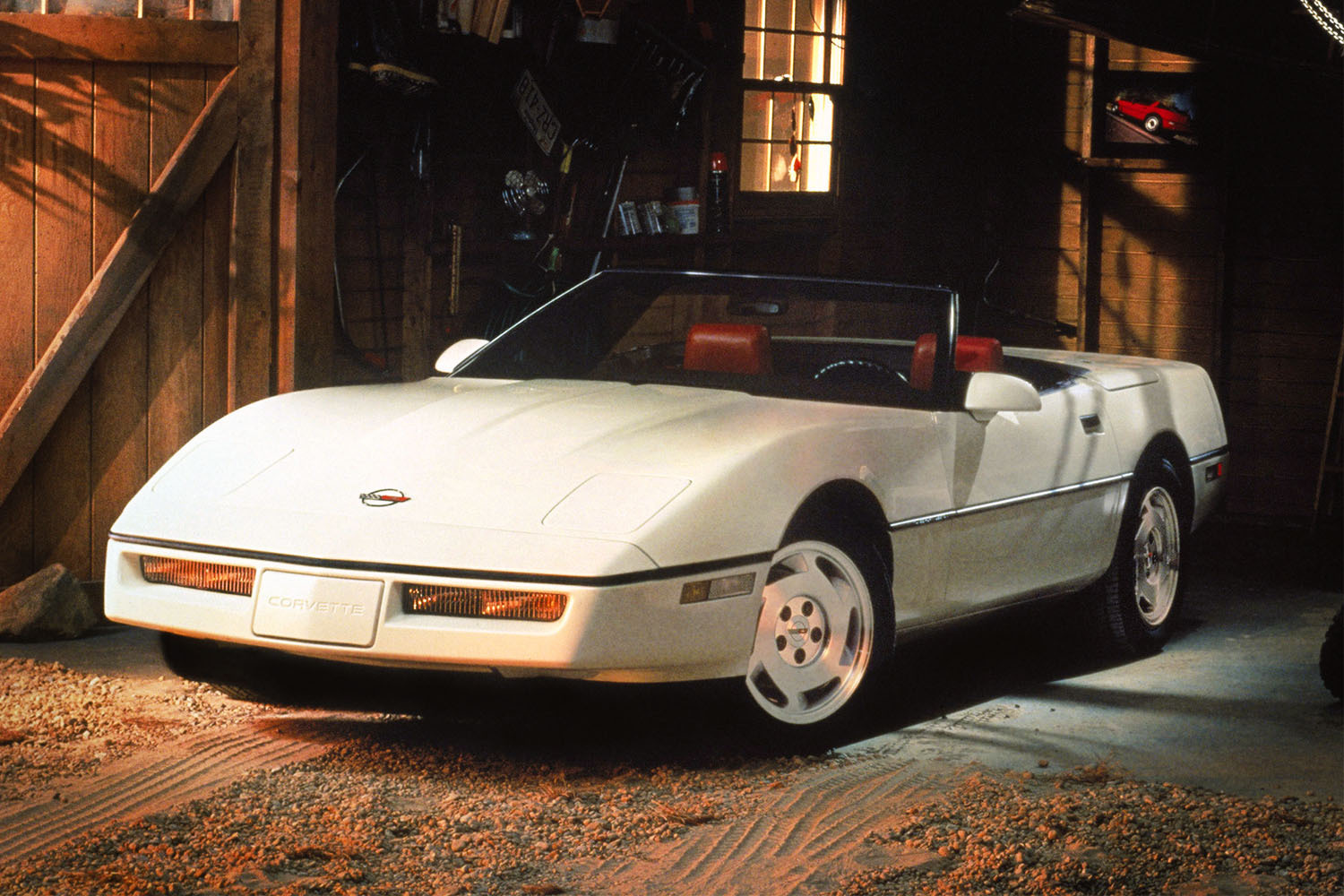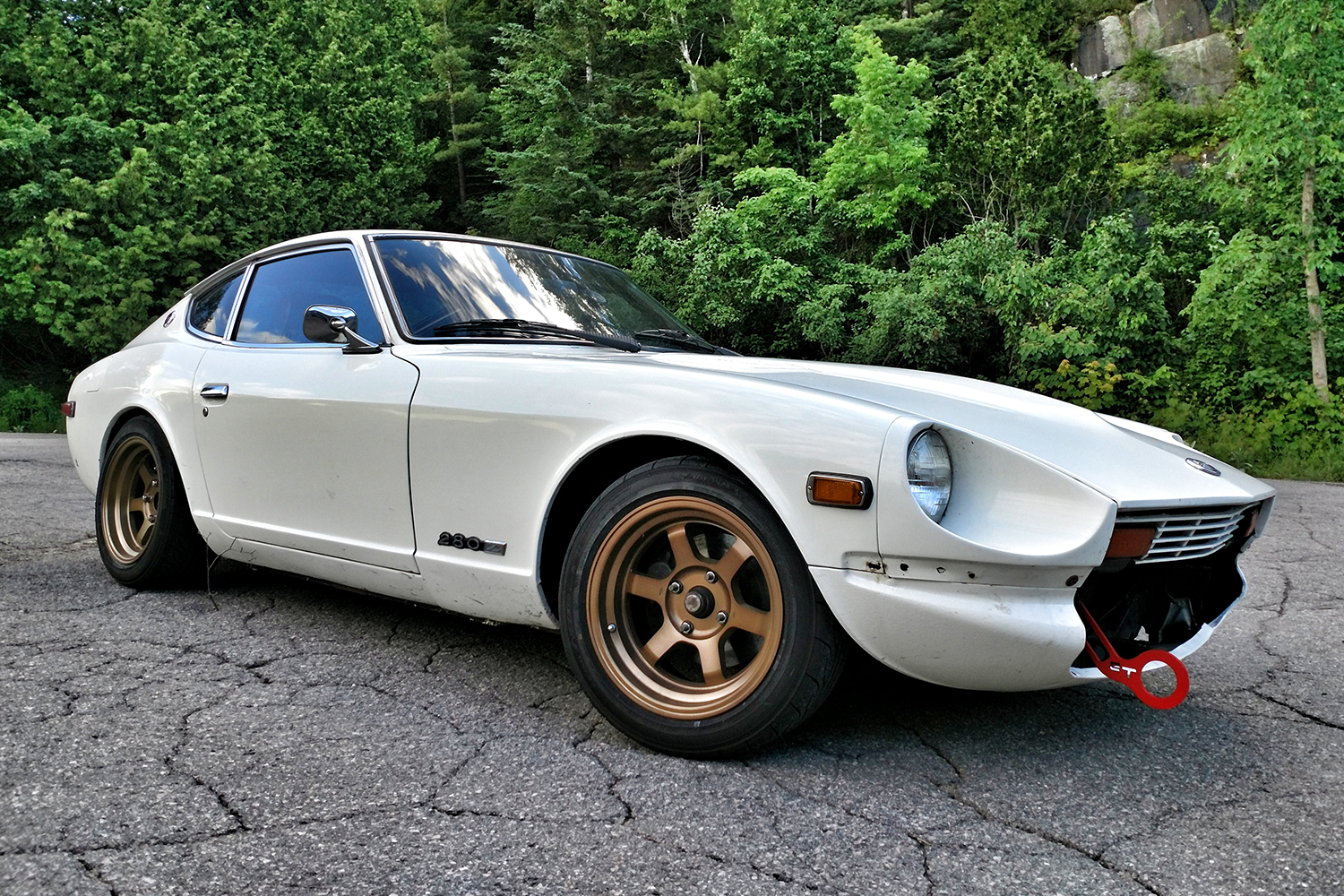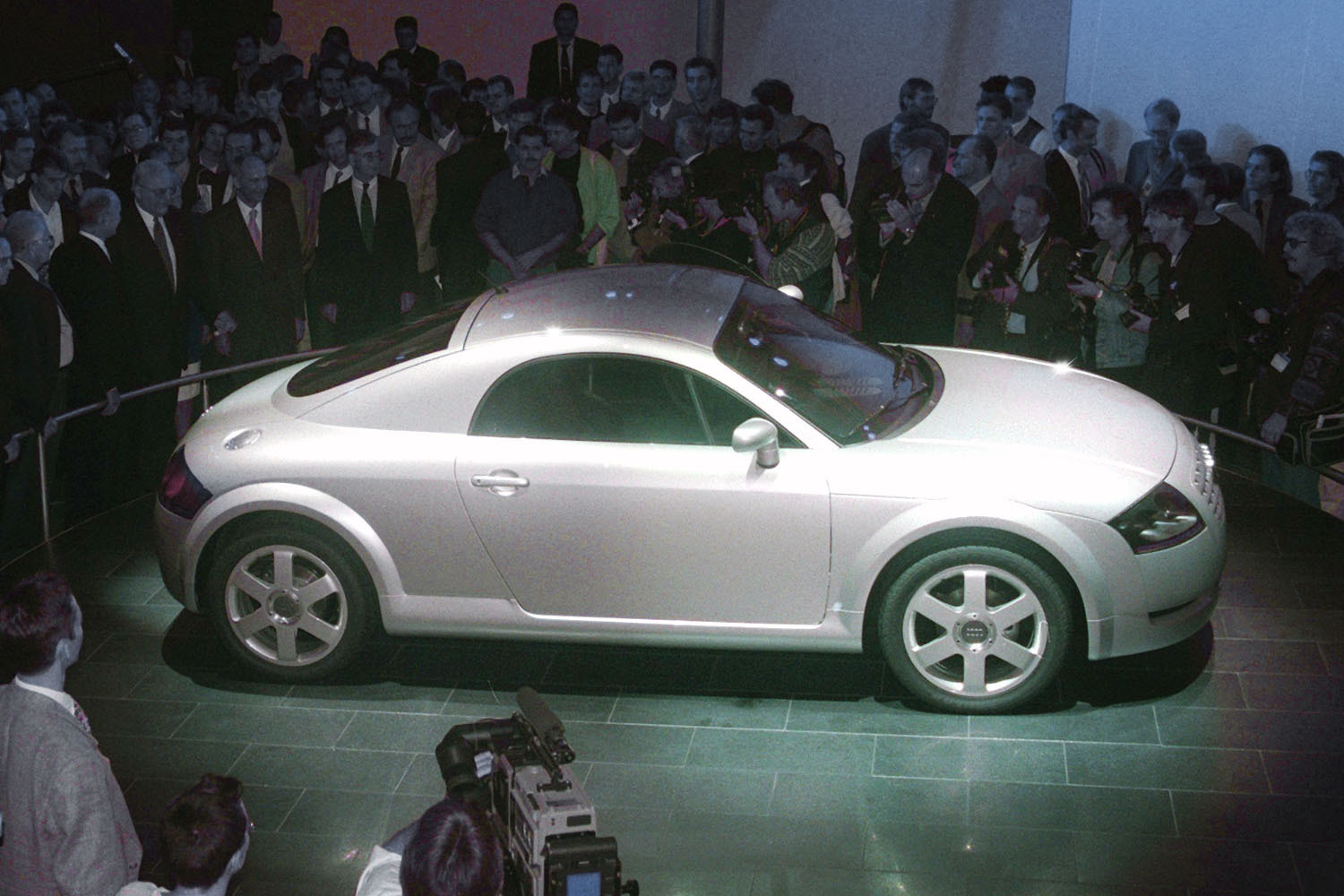Fraternal twins are an open secret in the automotive world. This is particularly true in the modern era, where platform sharing is necessary to help defray the enormous costs of bringing a new vehicle to market. Want a certain luxury SUV, but not sure you can afford it? Well, a more affordable brand may offer a vehicle with the same bones.
Despite the ubiquity of this practice, platform sharing can be a source of surprise for anyone shopping for a high-performance bargain that has seen its value slip just because it happens to wear the wrong badge.
It’s a tale of vehicular superheroes and their secret identities. Here are our picks for the cars in costume that either give you better bang for your buck than vehicles already considered modern classic cars, or that allow you access to more rarefied air than what the rest of the pack is sucking in.

The Superhero: 2003-2008 Nissan 350Z Coupe
When the Nissan 350Z first arrived for the 2003 model year it represented a return to form for an automaker that had been out of the pure sports car game in North America for half a decade. The two-seat 350Z was a stark contrast to the 300ZX that had preceded it, eschewing big turbo power and chunky grand touring dimensions for a return to the (relatively) lightweight chassis and naturally-aspirated six-cylinder engine that had initially defined the model.
Power output started at 287 horses in early models, with a revised “Rev-Up” engine introduced for the 2005 35th Anniversary Edition cars (and adapted by all 2006-and-up models) pushing that figure to 306 hp for certain trim levels. These figures apply to six-speed manual cars, as automatics stuck with the less aggressive engine tune.

The Secret Identity: 2003-2007 Infiniti G35 Coupe
Nissan’s luxury division got its own version of the 350Z, the G35 Coupe. Riding on the same FM platform, and benefiting from a very similar drivetrain, the G35 Coupe added a backseat to the equation along with somewhat less aggressive styling that has aged well in the ensuing years. With 280 horsepower on tap for 2003 and 2004, and up to 306 ponies available after that (again, for six-speed manual cars), the G35 was a stout straight-line performer, and with just a couple hundred pounds of extra mass compared to the Z, it also held its own in the corners.
Why You Want It
The Nissan 350Z is seeing its values rise, with first-year cars topping out at just under $32,000 for museum-quality examples and special-edition NISMO models cresting the $55,000 mark. Even “excellent” condition cars are now trading above $20K as the drift scene continues to chew up the more affordable survivors that remain on the used car market.
The G35 has seen far less of an impact from would-be drifters, and as such it remains very affordable. Prices for manual-equipped editions hover around $10,000, and if you pay a few thousand more you’re likely to drive home in the nicest Infiniti from that particular model year. The car also shares the 350Z’s aftermarket parts availability, which means you can take full advantage of the range of high-performance gear offered for the Nissan. While it may lack the Z car’s heritage, from a driving perspective the G35 Coupe is a near-identical twin with a much nicer interior, all at a serious discount.

The Superhero: 2008-2010 Dodge Challenger SRT8
When Dodge revived the Challenger muscle car, it kicked things off with the SRT8 model. Featuring a 425 horsepower, 6.1-liter V8, as well as suspension and brakes that did their best to cope with the admittedly chunky coupe’s curb weight, it was a shot across the bow of the Ford Mustang GT, which couldn’t match its output. A five-speed automatic gearbox was standard with the car, which blazed its way to 60 mph from a standing start in just 4.7 seconds, on its way to a top speed of just over 170 mph.

The Secret Identity: 2006-2008 Dodge Magnum SRT8
Sitting on the other side of the showroom was a much stranger implementation of exactly the same big-V8 formula, and one that had actually appeared a couple of years prior to the Challenger’s unveiling. The Dodge Magnum SRT8 packaged the same 6.1-liter V8 in a wagon body style, making it the fastest family long-roof ever to leave Detroit (later eclipsed by the Cadillac CTS-V wagon). Only a tick or two slower off the line due to the weight of its extra steel and glass, the Magnum SRT8 was a ferocious street machine that had few direct competitors in its era.
Why You Want It
This time it’s not a price differential driving the desirability of the Magnum SRT8 versus the Challenger SRT8, as the former is actually neck-and-neck with the latter when comparing well-kept examples, which are typically found in the $35,000 to $40,000 range.
Why is this the case? Simply put, the Magnum SRT8 is the rarest of Dodge’s special high-performance models, having sold 4,182 examples over the course of its lifespan. That’s a third less than the first model year of the Challenger SRT8 alone. High horsepower wagons are some of the most intriguing slices of automotive Americana out there, and the Magnum SRT8 turns heads to this day with its combination of scarcity and tire-shredding capability.

The Superhero: 1987-1993 Ford Mustang LX/GT
The Ford Mustang gained a facelift in 1987 that paired well with its fuel-injected, 5.0-liter V8 that had appeared the year before. This is the dawn of the famed 5.0 Fox body cars that went on to dominate the world of cheap muscle until the early ‘90s thanks to their combination of a simple pushrod engine, a drag-friendly solid rear axle and overall lightweight construction (which was aided and abetted by the LX coupes that appeared alongside the GT hatchbacks in ’87). With output hovering around the 225 horsepower and 280 lb-ft mark, the second half of the Fox body Mustang’s nearly 15-year reign was its most memorable.

The Secret Identity: 1987-1992 Lincoln Mark VII LSC
The Lincoln Mark VII represented a somewhat larger and decidedly more comfortable take on the Mustang’s Fox platform. In 1987, the Mark VII LSC trim followed the GT/LX cars into the future by snagging the same “high output” 5.0 V8. Although the Mark VII was restricted to a four-speed automatic transmission (versus the five-speed manual available with the Mustang), it was a strong rival to much pricier import coupes like the BMW 6 Series and the Mercedes-Benz SLC-Class, each of which featured similar levels of power and handling (albeit backed by classier cabins).
Why You Want It
Let’s just get this out of the way: everybody has a Mustang. One of the most popular classic muscle cars in the world, it’s really hard to stand out while driving a Fox body unless you go absolutely hog-wild in terms of customization or modernization.
The Lincoln, however, toils largely in obscurity (and affordability), making it the perfect sleeper platform for anyone with a hankering for ’80s V8 power in a comfortable rear-wheel drive package. Since it shares the Fox platform, the Mark VII has access to much of the Mustang’s aftermarket, and certainly all of its available engine mods. This big coupe lets you dare to be different without suffering from the hassle of tracking down rare parts (or paying rare parts prices).

The Superhero: 2002-2004 Mercedes-Benz SLK 32 AMG
The first-generation Mercedes-Benz SLK-Class reached its apex with the SLK 32 AMG, a high-performance version of the pint-size roadster that was intended to compete against the BMW Z3 M as well as the Porsche Boxster S. Providing a balance of speed and luxury, the SLK 32 AMG packed a supercharged 3.2-liter V6 that was good for a startling 349 horsepower, making it the most muscular offering in its peer group. The roadster was electronically limited to 155 miles per hour, and came exclusively with a five-speed automatic transmission.

The Secret Identity: 2005-2006 Chrysler Crossfire SRT-6
Things got weird for Chrysler in the mid-2000s as the cross-pollination between the automaker and its corporate parent Daimler began to bear unusual fruit. A perfect example was the Chrysler Crossfire SRT-6, the Hulked-up edition of the standard Crossfire coupe/convertible pairing that was for all intents and purposes an SLK 32 AMG in disguise. Snagging the platform and drivetrain of its cross-ocean cousin, the SRT-6 delivered a somewhat more modest 330 horsepower, swapping its AMG valve covers for SRT-branded apparel.
Why You Want It
The SLK 32 AMG might feature the snob appeal of having a Silver Star on its hood, but remarkably, the price delta between the Mercedes-Benz and the Chrysler has remained remarkably tight. It’s possible to pick up a well-presenting example of either car for between $16,000 and $24,000.
With only 4,000 or so versions of each built in total, there are two primary reasons to choose the SRT-6 over the AMG. Chrysler’s pocket rocket was available in coupe form, which is a bonus to the large quotient of customers out there who don’t want to deal with the hassle of the convertible-only SLK 32.
Then there’s the fact that of all the culture-sharing that went on between Detroit and Stuttgart, the Crossfire is by far the most barely disguised result, a vehicle that owes nearly its entire existence to the R170-platform Mercedes-Benz which it counts on for all but its interior and sheet metal. Chrysler never came close to building anything like the Crossfire ever again, which is probably largely due to the fact that it, um, never actually built it in the first place — its entire assembly was outsourced to Germany’s Karmann.
This article was featured in the InsideHook newsletter. Sign up now.























